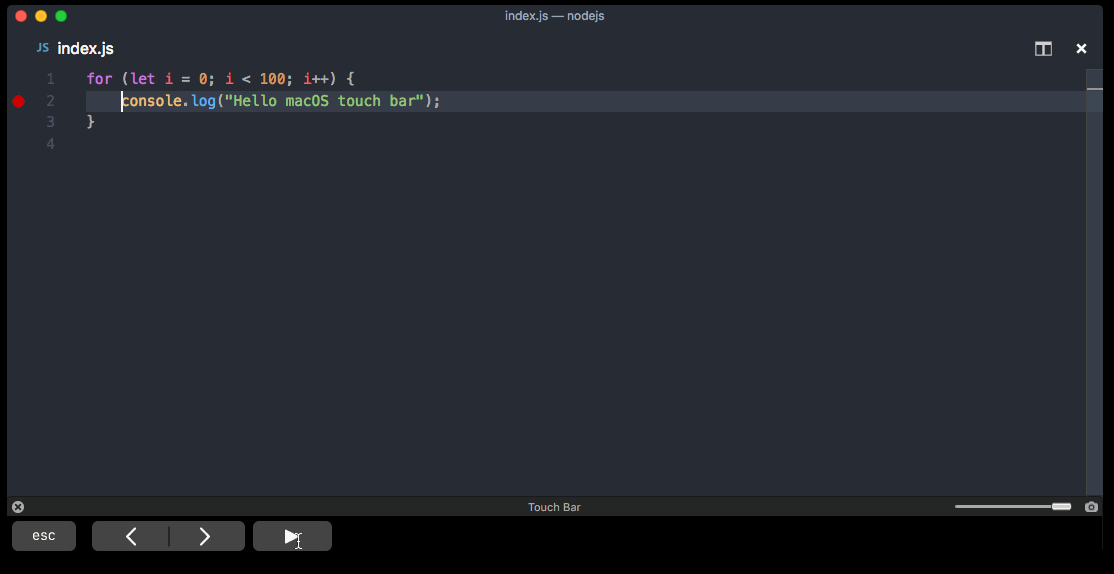

- #Visual studio for mac deploy to azure how to
- #Visual studio for mac deploy to azure code
- #Visual studio for mac deploy to azure download
When you make any changes, you will see a red tick mark in front of the file. Now, try making changes in the code, what do you see against the file you just made the change to.
#Visual studio for mac deploy to azure code
Till now, we have pushed the complete code to the Azure repo.
#Visual studio for mac deploy to azure how to
Now we will see, how to commit and push new changes. Just reload the Azure DevOps portal and you will see your code pushed to the repo.
#Visual studio for mac deploy to azure download
If you don’t find it, don’t worry, Visual Studio will show you a prompt to download it when you try to access the Team Explorer. On the latest visual studio version, this process has become very easy with the help of Git plugin in the Visual Studio. If present, give a commit message and Click on Commit All and Push. Also you can check in the Changes tab if no files is present there. This time, you will be shown the connected Azure repo link. If not pushed, come back on Home screen of Team Explorer, again click on Sync. Your code will be pushed to the Azure repo. You can check the checkbox to make it private. You can choose the existing Azure Repo or create a new one. Select the project you created in the Azure DevOps. In Team Explorer, you see many options as below.Ĭlick on Sync and you will find 3 options to choose from – > GitHub, Azure DevOps and Remote Repository. If not shown, Click on View -> Team Explorer.

This verifies that, a local git repo is created.įor older version of Visual Studio, after you click on Add Solution to Source Control, you come to Team Explorer tab. You will see in your Solution Explorer that on each file and folder, a new blue lock is shown. This will create a local repo and connect it to Azure Repo and push your code. The URL can be found in the Repo instruction page in Azure DevOps. For latest visual studio, a Git popup will be shown asking to create a Git repository. If you are using older version of Visual Studio, you will see that, as soon as you click, an empty git repo is created locally and a blue lock symbol comes in front of every file and folder. On the older version of Visual Studio, it will be “Add Solution to source control”. Right click on the solution file and click Create Git Repository. You will have similar project like this with a Solution and under the solution one or more projects. I hope you have the project or code changes ready in the Visual Studio to be pushed to Azure Repo. Once you select, it will give instructions to Push existing repos or import a repo or clone. A default repository is auto created, you can select from the top menu. When project is created, you will land up in a similar dashboard as below. Give a name for your project, select the visibility and create project. For returning users, you will see your projects listed. If you coming for the first time to this portal, you will be asked to create a new project on the home screen. Single Organization can have multiple projects and single project can have multiple repos. Organization is auto created when you sign up. After you login to Azure DevOps, select your Organization. There can be multiple repos in single project. You can then upload the self-contained build of your site to your webspace using regular FTP tools, the deployable webapp is in your-project-folder/bin/Release/netcoreappX.X/win-x86/publish/ - Note everything in this folder must be uploaded to the webspace in order for the app to work online.Īrticle from the support category: ASP & ASP.First we need to create a project, then only we can create a repo. Navigate to the project folder root in your terminal and run: dotnet publish -c Release -self-contained -r win-x86 = Publish: 1 succeeded, 0 failed, 0 skipped = Command line publish for Linux / Mac users = Build: 1 succeeded, 0 failed, 0 up-to-date, 0 skipped = Wait until you get following line inside Visual Studio. When you hit Save, then the deployment will commence. Select the appropriate target framework and complete the configuration by clicking save.

It is very important that you set the Deployment Mode to Self-Contained and the Target Runtime to win-x86 Now you need to configure the publishing options in order to finally complete the deploymentĬhose IIS, FTP, etc under Pick a publish target. When the build is complete, then you can proceed and do the deployment directly through Visual Studio. You have to do a final build before you can complete the deployment Start the program and then chose File -> New -> Project Ĭhose Web Application Core and your SDK version. Net Core 3.1 or 5.0įirst of all you will have to create a new project inside Visual Studio, that you are able to download from (if you are using Mac, Linux, or simply not Visual Studio, see below)


 0 kommentar(er)
0 kommentar(er)
